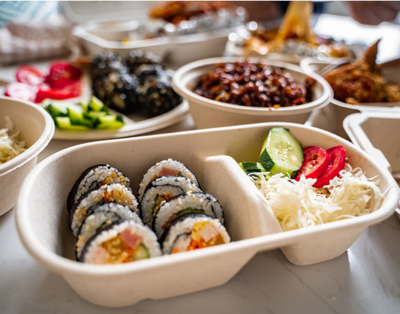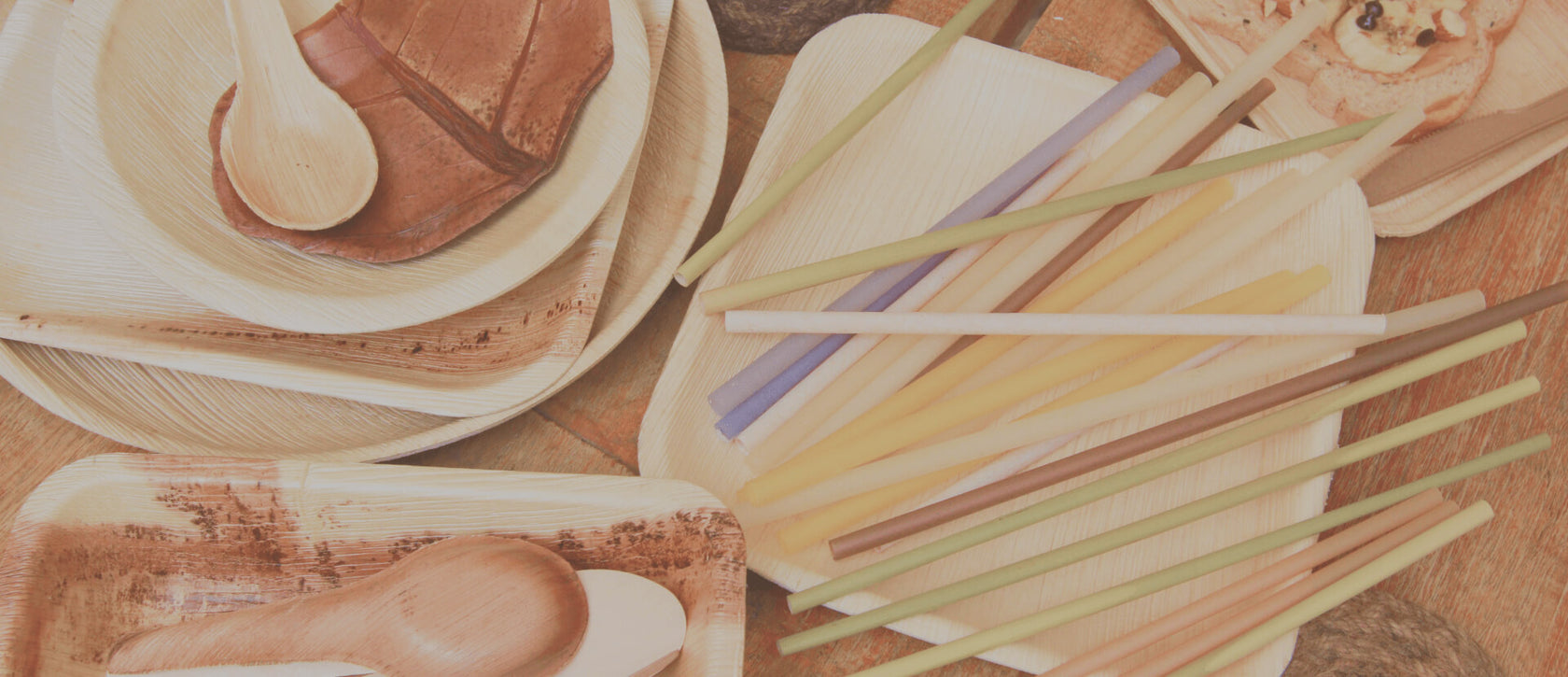Sugarcane pulp is emerging as a game-changer among innovative plastic alternatives. This eco-friendly material not only offers exceptional functionality but also significantly reduces environmental impact. Unlike paper and Styrofoam, which have failed to meet both sustainability and performance expectations, sugarcane pulp stands out as a superior option. As the demand for sustainable solutions continues to rise, this material is set to revolutionize multiple industries.
In this article, we will explore what sugarcane pulp is, why it outperforms other materials, and its various applications in industries that are shaping a more sustainable future.
What is Sugarcane Pulp?
Sugarcane pulp, also known as bagasse, is a byproduct of sugar production. Traditionally, this leftover material is discarded in landfills, where it decomposes and releases methane, a potent greenhouse gas. However, rather than allowing bagasse to contribute to carbon emissions, manufacturers have discovered a way to repurpose it into eco-friendly packaging and other products.
Sugarcane pulp is often referred to as "tree-free paper" because it retains all the benefits of traditional paper, such as being plastic-free, breathable, and durable, without the need for deforestation. Unlike paper and Styrofoam, sugarcane pulp products do not require plastic coatings to enhance water resistance or durability. Additionally, they are 100% biodegradable, decomposing naturally within a short period, unlike plastic, which lingers in landfills for centuries and releases harmful microplastics.
Sustainable Packaging Solutions
Sugarcane pulp is gaining traction in the food and beverage (F&B) industry, where single-use plastics have dominated for decades, making it one of the largest contributors to plastic pollution. Businesses and consumers alike are welcoming the transition to sugarcane-based alternatives. Notable sugarcane bagasse products include:
1. Compostable Food Containers & Tableware
- Sugarcane bowls, plates, and lunch boxes serve as eco-friendly alternatives to plastic and Styrofoam.
- These containers are microwave-safe, durable, and compostable within a year, making them ideal for both commercial and household use.
2. Compostable Cutlery
- Sugarcane forks, spoons, and knives are preferred by many restaurants and cafes for their premium appearance, functionality, and sustainability.
- They help reduce plastic waste without compromising on durability or user experience.
3. Compostable Straws
- Sugarcane straws are flexible, durable, and available in various sizes for smoothies, cocktails, and even boba tea.
- With a natural composting time of just one year, they outperform plastic straws in every aspect, particularly environmental sustainability.
Sustainable Fashion and Textiles
The fashion industry is also leveraging sugarcane pulp to align with the growing demand for sustainable products.
1. Sugarcane Fiber Fabric
- Sugarcane fabric consists of 50% cellulose, 25% hemicellulose, and 25% lignin, making it soft, breathable, and comfortable on the skin.
- This material provides a renewable alternative to conventional textiles, reducing reliance on synthetic fibers.
2. Eco-Friendly Shoes and Accessories
-
Several brands are incorporating sugarcane fibers into shoes, bags, and accessories to lower their carbon footprint and combat the negative effects of fast fashion.
Personal Care & Hygiene Products
Since sugarcane pulp serves as a sustainable alternative to tree-based paper, it is also being utilized in personal care and hygiene products.
Sugarcane Tissue and Towel Paper
- Paper products made from sugarcane fibers are stronger and more durable than traditional paper.
- They decompose naturally and generate fewer carbon emissions during both production and disposal compared to conventional paper products.
Why Sugarcane Pulp is the Future of Sustainability
Utilizing sugarcane pulp helps us maximize the potential of an agricultural byproduct rather than creating new products from raw materials. In contrast, conventional paper production requires large-scale deforestation, excessive water use, and harmful bleaching processes—all of which contribute significantly to carbon emissions and habitat destruction.
Given the extensive applications of sugarcane fibers in everyday products, this material is proving to be both practical and highly versatile. As industries continue to innovate, sugarcane pulp could replace even more products that currently rely on environmentally damaging materials.
By understanding and supporting sustainable alternatives like sugarcane pulp, consumers can make informed choices that encourage businesses to adopt greener solutions. From food containers and cutlery to fashion and personal care, transitioning to eco-friendly materials is a collective step toward a more sustainable future.
Conclusion
At EQUO, we are committed to providing sustainable plastic alternatives, including compostable sugarcane straws, food containers, cup lids, and utensils. Whether you are an eco-conscious individual or an entrepreneur looking for greener solutions, our products offer functionality without compromising the environment. Now that sustainable options are available, why stick to harmful materials when you can choose products that are not only effective but also environmentally responsible? Together, we can create a cleaner, greener world for future generations.


